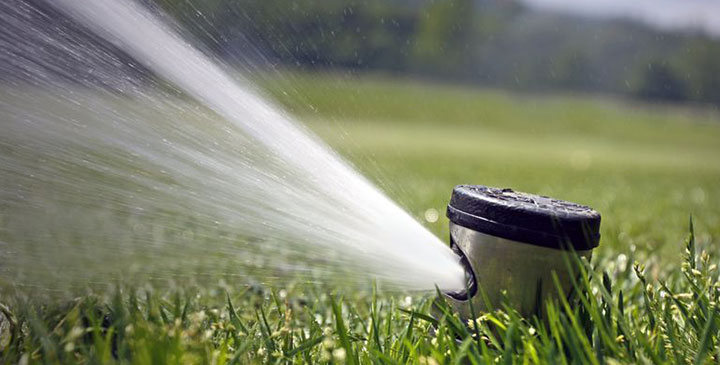Automated Gardening (Part 1)
 Issa N.
Issa N.
Automated Systems is there to nurture the crop, 24 hrs a day, 7 days a week, and 365 days a year. An experienced farmer or gardener will do his job but with an automated system, the user does not have to be there. It all started in the times of the Romans when Romans developed a cropping system. In the 15th century during the Joseon dynasty, the first greenhouses were developed, they included simple climate control such as heating and cooling. Newer developments were not until after the second world war mostly in the Netherlands. where the first greenhouses were used to grow crops all year round. These greenhouses included heating, using simple heaters to start with & kerosene and gas heaters which are equal to co2.
In the mid-70s the first controllers entered the market; these controllers were analog controllers. Meaning they contained dials and they had Vu meters and the dials would show the temperature. In the late 70s, the first controllers entered the market which were digital, they had memory and allowed a user to set settings from a keypad. The GUI did not happen till the early 90s from the advent of pc which allowed a user interface with actual graphics on it. The computer knows what to do via a host of sensors connected to the computer. These sensors include a weather station, wind speed, temperature + humidity. But also include sensors inside the greenhouse which are temperature humidity sensors, sub striate moisture, and temperature, and flow sensors which measure the ph levels and EC (fertilisers) of water in the water room. With this information, the controller can make decisions via the algorithms that are prone to the controller. The Climate Systems that are found in modern greenhouses include ventilation that goes up and down to provide cooling, a screen that retracts and deploys, and blackout systems to allow systems to blackout a compartment to shorten the day. Heating is done by hot water pipes which are circulated by hot water through them and controlled by pipes and valves.
More recent developments include cooling systems which use either cold water or aglycone, through heat exchanges to both lower the temperature and lower the humidity. Because once the air is called below the dew point the water, lets you drop out of the air and allows you to control humidity in very high areas. In terms of the User interfacing of the control systems, the controller is done by the controller and the controller works in bits and bytes. The users generally don’t understand bits and bytes and systems are made useable for the users. To do this a user interface is needed and it includes a PC with text-based settings and readouts by texts, but they also include a graphic user interface. There have been apps developed nowadays at Priva, they have an app that allows remote to connect to greenhouses globally to monitor and control. With any application, Data collection is being collected continually from the time it is installed and users do they look at data daily to see what they should do with their settings and their crop. **Managers or farmers on the other hand will look at their data and make decisions as to when they should be harvesting and how much they should be harvesting.
Subscribe to my newsletter
Read articles from Issa N. directly inside your inbox. Subscribe to the newsletter, and don't miss out.
Written by

Issa N.
Issa N.
I love deep-diving into a subject that matters!